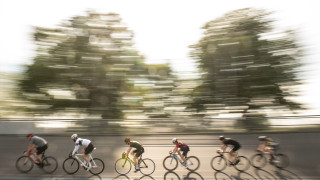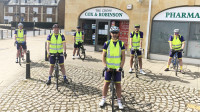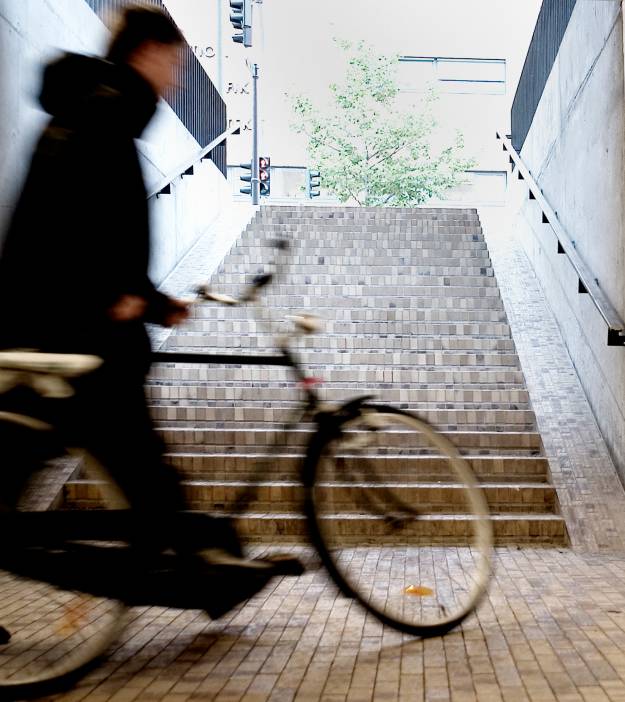Over the last few weeks, there have been two releases of official Westminster Government statistics - the English National Travel Survey for 2021 and the British incident statistics for reported road casualties. These numbers are important for understanding where future campaigns, in support of anyone who cycles even occasionally on the road, should be focussed.
The trends for cycling in the National Travel Survey are broadly similar to previous years and show a return to more predicted behaviours after the significant spike in cycling during the first pandemic lockdown.
It won’t surprise any of you that the trends we have seen over previous pre-pandemic years are that leisure cycling continues to dominate the number of cycling journeys, with nearly 50% of all trips being for leisure or recreation. Commuting is the second-most number of journey's cycled, with other transport journeys still lagging a long way behind.
The distribution of these journey's is of course very variable and local statistics issued by councils show a continued surge in cycling of all forms in London, while other towns and cities, and especially more rural communities, have seen little or no meaningful increase in participation rates.
Far more men still cycle than women. Men who cycle also cycle more and cycle further than women at all ages. That trend indicates how unequal the opportunity to cycle still is for too many people, despite efforts by Government, councils, and organisations to tackle it.
It remains the reality that the perception of cycling on the road is one of fear, and intimidation by drivers is expected, stopping millions of people from benefitting from the freedom and joy that cycling brings to so many of us.
Even though cycling on the road is getting safer statistically (compared to the number of miles cycled), the casualty statistics for the whole of Britain reinforces the fact that the all too real horror of death or life changing injury still pervades every conversation about increasing participation.
Rural roads carry a smaller proportion of cycle journeys but still represent a majority of cycling deaths. Higher driving speeds and a dangerous lack of awareness of the more at risk means that the most dangerous drivers need to be constrained, prosecuted if at fault and, in the case of criminal behaviour, removed permanently from our roads.
It is all too easy to be left in a pessimistic mindset when these sorts of statistics are published. The experience we all have when cycling on the road is impacted hugely by where we ride and when we ride. For many people, our busy and congested roads, especially as we try to cycle from the town or city into the countryside, are a messy mix of adrenaline and escapism.
Cycling can bring great joy – many of us need the release and freedom of cycling to help us manage the stresses and strains we experience in our lives. It is tragic that on too many occasions, a life is lost or lives are ruined because of poor road surface, of a person behind the wheel of a car who can’t control their anger, or is too selfish to drive with care and compassion for others.
We will do everything we can to ensure that the Government’s new Road Safety Investigation Branch investigates incidents that involve people cycling across a variety of conditions so that we can learn more about the circumstances so that we can do something positive to change behaviours on our roads and get more people cycling.













